McDonnell Douglas DC-10-30 Air New Zealand
Production Time 9 to 10 weeks
Shipment is by FedEx, UPS or DHL International Express Courier with a normal door-to-door delivery time worldwide of within 2-3 business days after dispatch. Due to the current volatility of world fuel prices, the amount mentioned here is our best estimate for DHL and UPS and may be subject to change at the time of shipping.

Model Description: McDonnell Douglas DC-10-30 Air New Zealand Wood Replica Scale Custom Model Aircraft
Manufacturer: McDonnell Douglas
Wingspan: 16.5 Inches (41.9 Centimeters)
Height: 2 Inches (5.1 Centimeters)
Scale: 1:120
$239.50
Production Time 9 to 10 weeks
-
United States dollar ($)
-
Pound sterling (£)
-
Euro (€)
-
Australian dollar ($)
-
Canadian dollar ($)
-
Singapore dollar ($)
-
Swiss franc (CHF)
-
Japanese yen (¥)
-
Danish krone (kr.)
-
Hong Kong dollar ($)
-
Norwegian krone (kr)
-
Swedish krona (kr)
-
United Arab Emirates dirham (د.إ)
General Product Description
Our PlaneArts McDonnell Douglas DC-10-30 Air New Zealand model exhibits unique, unrivaled quality and detailed design to come as close as possible to the accuracy of the actual plane. It comes as standard with a robust, durable base or stand which is available in a variety of different finishes designed to match your own personal requirements including solid wood, wood with polished metal supports or adjustable wood wall mount and will be ready within about 9-10 weeks from placement of order.
The McDonnell Douglas DC-10-30 Air New Zealand model is made of the finest kiln dried renewable mahogany wood (commonly known as Lauan or Meranti) which has undergone many stages of carving and meticulous and careful sanding giving the beautiful finished museum quality masterpiece. Many collectors and model connoisseurs demonstrate their preference for genuine handmade and hand painted mahogany wood models rather than plastic or die cast (diecast) alternatives due to the overall look and totally different feel of the item - we trust you will find the same. We can, however, if required produce the same model in Solid Cast Resin so just click and contact us us for further information. Our craftsmen and gifted artisans ensure that our finely handcrafted model airplanes match the precise blueprint details of the original aircraft. The paint scheme, markings and parts are closely matched, reflecting the original aircraft. This stylish top-quality desktop replica model will surely enthrall anyone who receives this as a gift and for sure one of the most appropriate and desirably collectable gifts for any aviation enthusiast and avid aircraft collector whilst also displaying a perfect resemblance to the actual aircraft.
If you require we can also make the McDonnell Douglas DC-10-30 Air New Zealand model in any other airline, private livery or colour scheme you require and if necessary in a different size or scale. Just click here to contact us with a description or photographs of what you require, and we will let you have a quotation for the necessary customization by return email. We can also make bespoke scale replicas of any other private / civil commercial airliner or airliners, helicopter, glider, gliders with engines, military jet, warplane jets, propeller warplanes, biplane, triplane, tail fin, spacecraft, rocket or NASA model you require in any airline, military or civilian livery or colors. We also produce model airships, blimp, dirigible, blimps, boat and ship collectibles. Wall plaque or seal for military, government or private customers. Again, by clicking here to contact us just let us know exactly what you need.
As you may or may not be aware the trade name and copyright permissions for Douglas aircraft are now under the ownership of the Boeing Company and as such, we are proud to be one of the very few international and fully licensed manufacturers of Boeing solid mahogany wood models. You may be interested to read more about the fascinating background to the famous aviation names now under the Boeing umbrella by clicking on the following “Officially Licensed Product” image below:
The McDonnell Douglas DC-10-30: A Deep Dive into Air New Zealand’s Workhorse
The McDonnell Douglas DC-10-30 holds a special place in aviation history, particularly within the fleet of Air New Zealand. Renowned for its robust performance and critical role in long-haul operations, the DC-10-30 variant was a significant model for Air New Zealand, facilitating expanded international service during its tenure. This article explores the important features of the DC-10-30, highlighting its impact on Air New Zealand’s operations and the broader aviation landscape.
Design and Capabilities:
The DC-10-30 was an extended-range model of the DC-10 series, designed specifically to handle long-haul, intercontinental routes. It came equipped with three General Electric CF6 engines, which were more powerful compared to those used in the shorter-range DC-10-10, allowing it to carry a full payload over greater distances. One of the key design modifications in the DC-10-30 was the addition of a third main landing gear under the fuselage to support the increased weight due to additional fuel capacity. This modification was critical for maintaining the aircraft’s performance and safety standards on longer flights.
Operational History with Air New Zealand:
Air New Zealand introduced the DC-10-30 into their fleet in the early 1970s, marking a significant upgrade in their ability to connect New Zealand with the rest of the world. The DC-10-30 enabled the airline to operate non-stop flights to destinations that were previously unreachable without multiple stops. This aircraft played a pivotal role in expanding Air New Zealand’s international presence, especially on routes to the United States and Europe.
Technological Advancements:
The DC-10-30 incorporated several technological advancements that were innovative at the time. It featured a sophisticated inertial navigation system, which was a leap forward in navigation technology, allowing for more precise and efficient route management over long distances. The aircraft also boasted advanced hydraulic systems and redundancy features that enhanced its safety and reliability.
Safety and Challenges:
Despite its technological advancements, the DC-10-30 faced challenges, particularly in the realm of safety. The DC-10 series was plagued by several high-profile accidents that raised concerns over its safety record. However, many of these issues were addressed through design modifications and stringent operational protocols. Air New Zealand’s DC-10-30s were subject to rigorous maintenance and safety checks, reflecting the airline’s commitment to safety.
Legacy and Retirement:
The legacy of the DC-10-30 in Air New Zealand’s history is marked by its role in transforming the airline into a global carrier. It enabled the airline to significantly expand its international route network during the 1970s and 1980s. However, as more advanced and fuel-efficient aircraft became available, Air New Zealand eventually phased out the DC-10-30 in favor of newer models like the Boeing 767 and later the Boeing 777, which offered better economics and environmental performance.
The DC-10-30 remains an iconic aircraft in the annals of commercial aviation. For Air New Zealand, it was more than just an airplane; it was a symbol of the airline’s ambitions and its gateway to becoming a prominent player on the international aviation stage. Its legacy continues to influence the airline’s operational philosophies and commitment to connecting New Zealand with the world.
| Weight | 6 kg |
|---|---|
| Dimensions | 17 × 16.5 × 2 in |

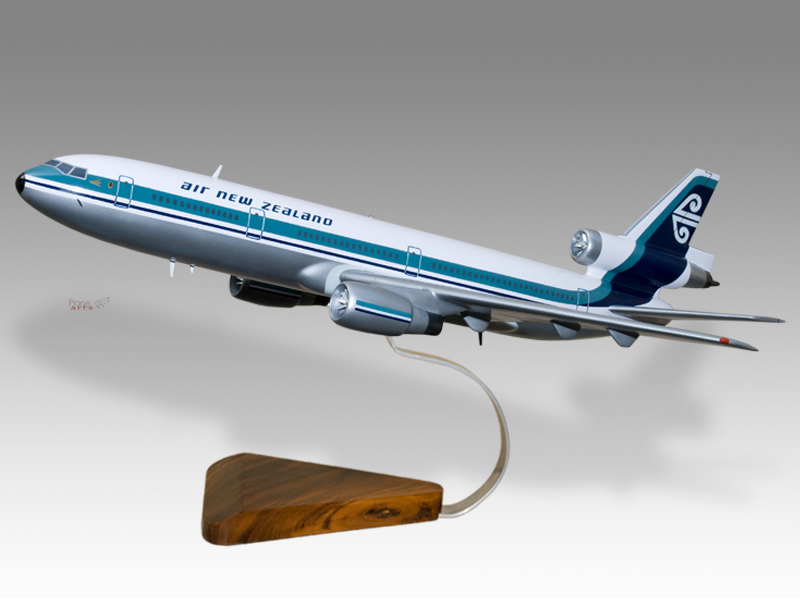

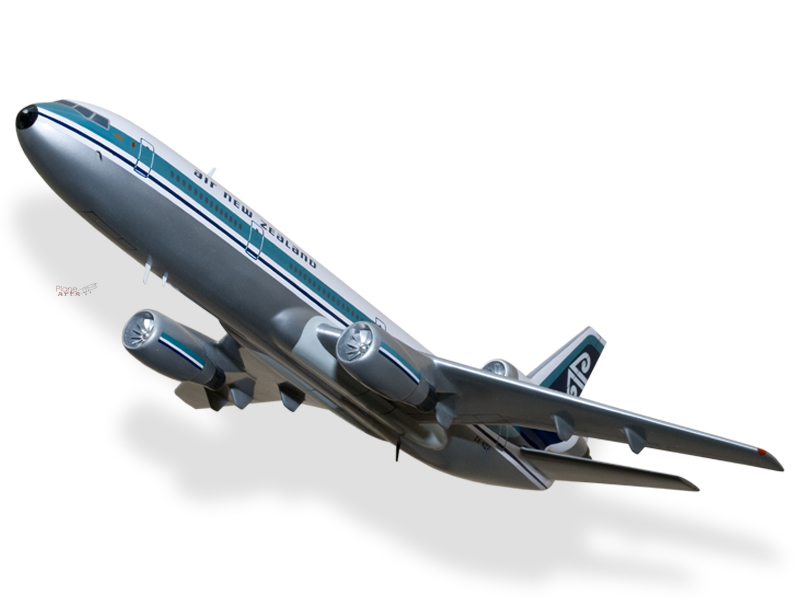

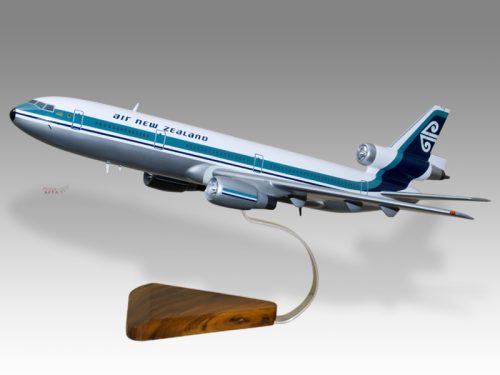
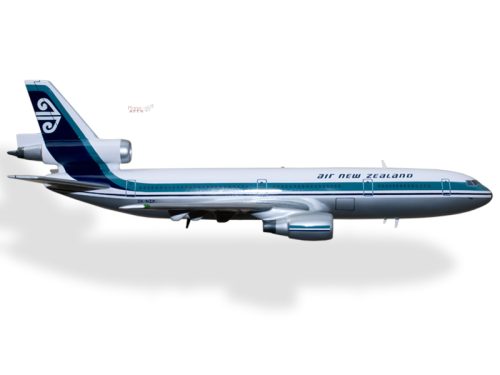
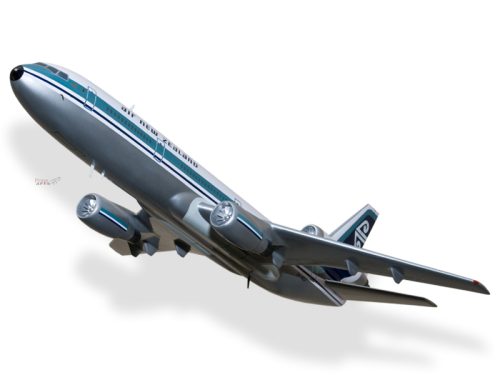
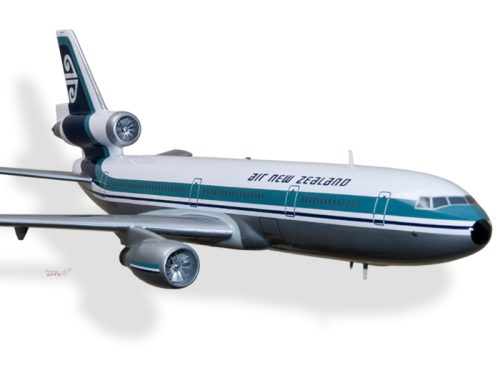
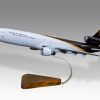
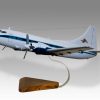

Reviews
There are no reviews yet.